A group of monumental megalithic tombs has been discovered in Western Pomerania in Poland. Because of the enormous character of the structures, they are often called the ‘Polish pyramids.’
According to Radio Szczecin, the discovery of more than a dozen massive megalithic tombs was made during a research and conservation program carried out by Dr. Agnieszka Matuszewska of the University of Szczecin’s Department of Archaeology in collaboration with Marek Schiller from Dębno. The site is located near Dolice, Western Pomerania. The researchers’ goal began with entering, storing, processing and visualizing geographic data. The discovery made in Dolice appears to be greater than what the researchers hoped for.
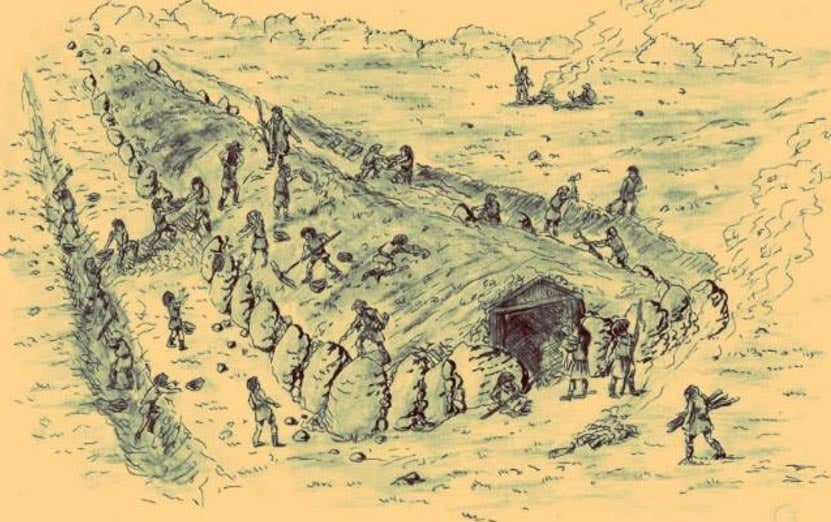
The ground structures were made in a shape of an elongated triangle, surrounded by a big stone blocks. The structures stood 3 meters (9.8 feet) tall, and were 150 meters (492.1 feet) long, and 6-15 meters (19.7-49.2 feet) wide. The place where they are located is difficult to examine. The surface is covered by an old forest. On small sites archaeologists have discovered fragments of pottery and other artifacts. The tombs were created by the Funnel Beaker Culture community which lived on the land from the 5th to the 3rd millennium BC.
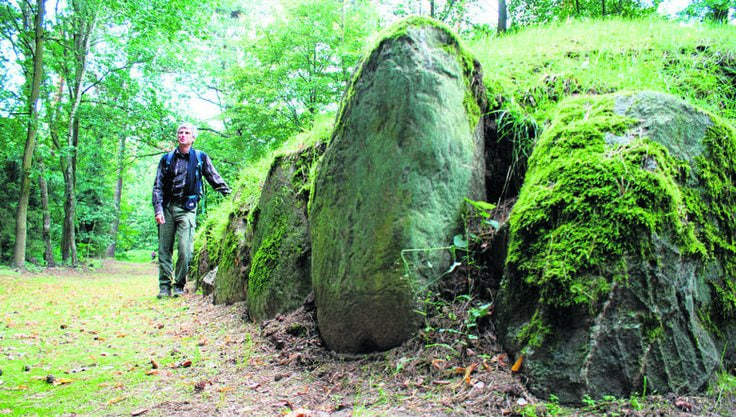
The mounds contain single burials. According to the researchers, the people who were buried in the tombs were important elders of the tribe. Other information may be available after the researchers summarize more data and explore the sites further. Until now, the research has been based on non-invasive methods.
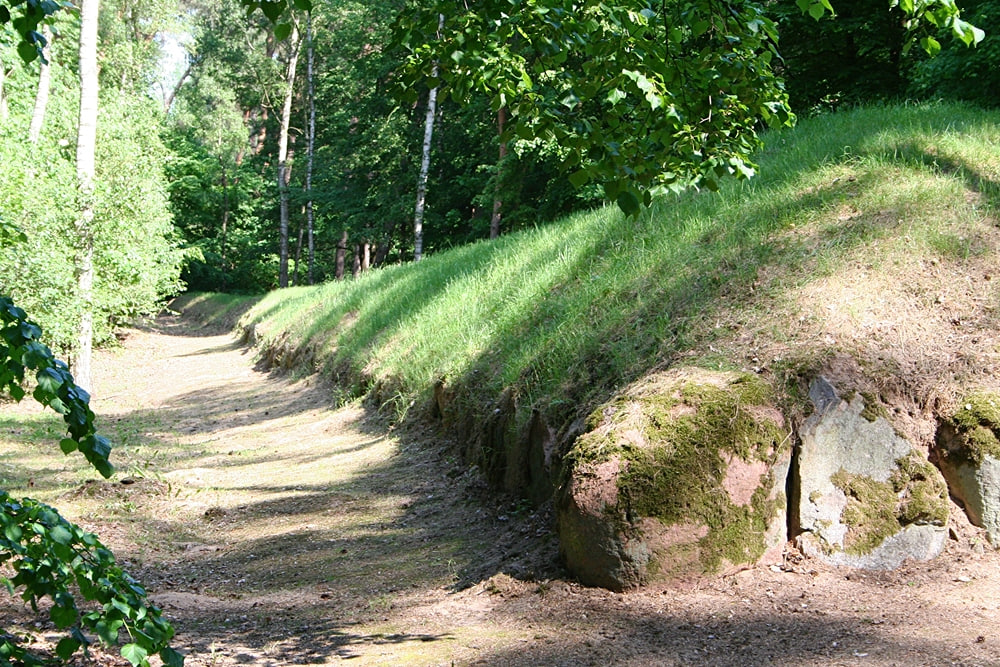
Dr. Matuszewska told PAP- Science and Scholarship in Poland:
For our analysis we used the project ISOK (National Protection Computer System against extraordinary threats). Thanks to the database we have created and systematically update, it was possible to select places for testing that method. The area near Dolice is undoubtedly the most interesting, we have selected at least a dozen potential megalithic tombs. In the course of verification in the field we have clearly confirmed the presence of 18 Kujawy type megalithic tombs, a much higher number than previously known from the literature.
The discovery was made with the use of modern technology like digital terrain models (DTM) and three-dimensional mapping of the area prepared on the basis of ALS (airborne laser scanning). The methods allowed the researchers to precisely locate the objects which were previously known, but also to discover new tombs. It gave them an opportunity to verify their knowledge about the field and try to restore the structures and objects. Archaeologists also documented the degree of the destruction and planned the possible protection of the forest areas which cover the monuments.
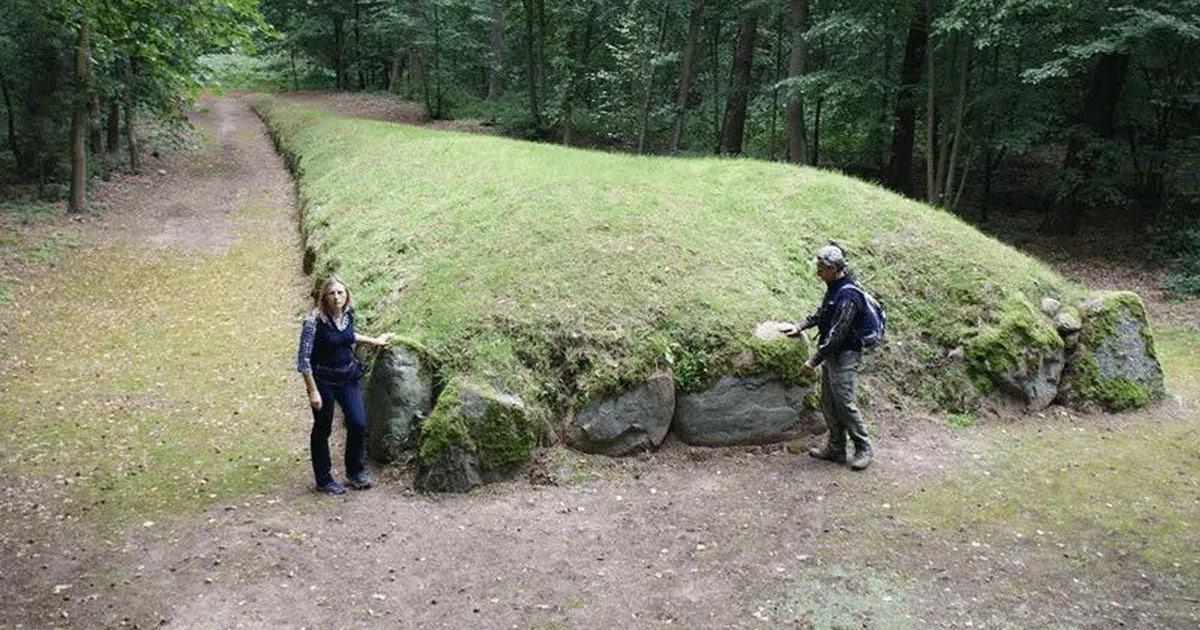
The megalithic structures in Poland are only preserved in forest areas. Others were destroyed by the growth of agriculture. Since Medieval times, Poland produced food which supported granaries in all of Europe. Apart from this, people in the 19th century used elements of the structures to build their own houses, roads, and other buildings.
The discovery in Dolice is not the only construction like this in Poland. During the same expedition, four more tombs were discovered in Ploszkowo. However, the most famous structures are located in Sarnow and Wietrzychowice.

Apart from being examples of the fascinating heritage of people who once lived there, the monuments contain a mystery likened to the British Stonehenge. There are some similarities between the mounds discovered in Poland and those found in Western Europe. For example, the structures come from the same period as Stonehenge. Polish researchers also discovered a settlement dated to 3635-3370 BC in Bronocice near Krakow (South of Poland). Furthermore, there is an underground mine of flint created by people from c. 3500 – 3300 BC located in Krzemionki Opatowskie, Swietokrzyskie Mountains.
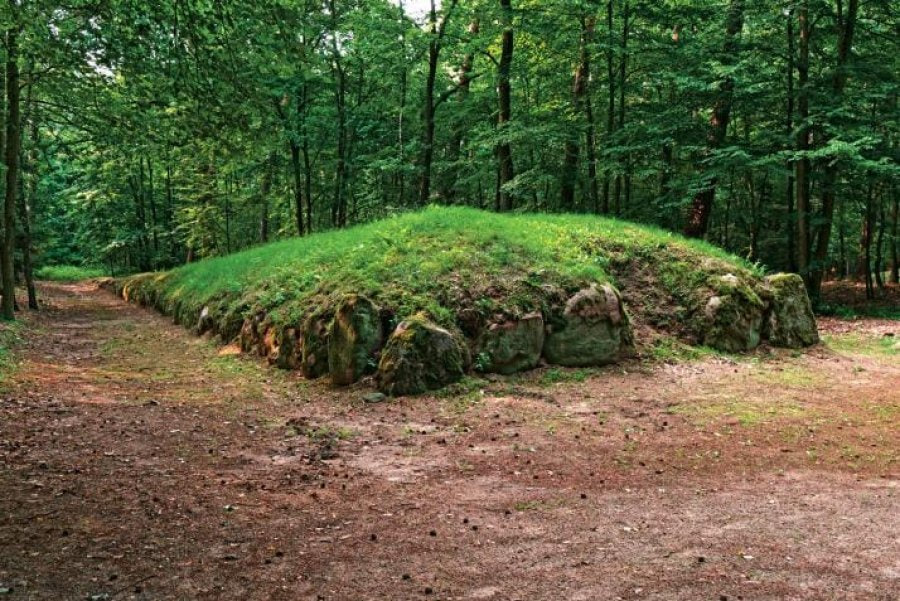
The operation of saving the megalithic tombs started in 1936 when famous researchers Jazdzewski and Kostrzewski, decided on the importance of their protection. At the same time, in a place called Biskupin, arcchaeologists discovered a wooden town dated to the 8th century BC. This led researchers to realize that there was an important and powerful culture from the time.
Previously, propaganda pushed researchers to describe the people of the past as a Slavic tribe who were ancestors of the Polish Christians. Nonetheless, research by German archaeologists proved that the culture which created the megalithic tombs were connected with Germans instead. There is also a theory which says that the ancient people were Celts.

An example of a Funnel Beaker Culture Dolmen (single-chamber megalithic tomb) in Lancken-Granitz, Germany. (CC BY SA 3.0)
Featured Image: The ‘Polish Pyramids’ were megalithic structures that were built in ancient Poland by digging out the ground and piling large boulders on top. It is believed that their construction would have taken the work of hundreds of laborers. (Wiara P)








